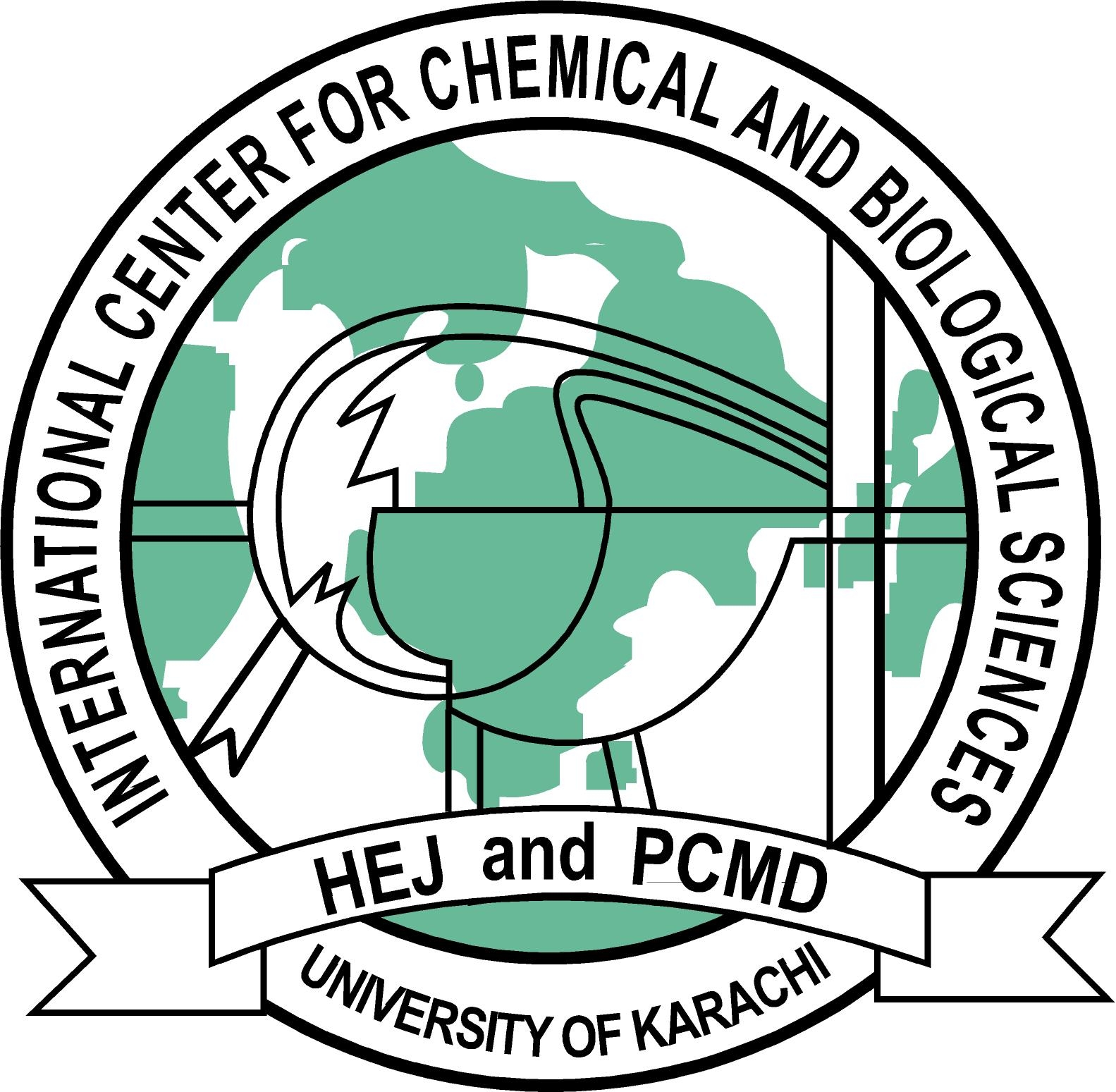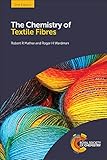The chemistry of textile fibres / Robert R Mather, Roger H Wardman.
Material type: TextPublication details: U.K: Royal Society of Chemistry, 2015.Edition: 2nd edDescription: 439 p. ; 25 cmISBN:
TextPublication details: U.K: Royal Society of Chemistry, 2015.Edition: 2nd edDescription: 439 p. ; 25 cmISBN: - 9781782620235
- TS.1540.M38_2015
| Item type | Current library | Call number | Status | Date due | Barcode |
|---|---|---|---|---|---|
 Book
Book
|
Industrial Analytical Center (IAC) Library | TS.1540.M38_2015 (Browse shelf(Opens below)) | Available | I 614 |
Browsing Industrial Analytical Center (IAC) Library shelves Close shelf browser (Hides shelf browser)

|

|

|

|

|

|

|
||
| TD172.5.E58_2015 Environment : | TX372.8.S56_2015 Analytical techniques in food processing / | QD37.E47_2015 Chemistry at home : | TS.1540.M38_2015 The chemistry of textile fibres / | TD193.S53_2014 Environmental chemistry/ | 0-7876-3623-1 Dun & Bradstreet / Gale Group Industry Handbook Chemical and Pharmaceuticals | HV8073.W45-2016 Crime scene to court : the essentials of forensic science |
Textiles are ubiquitous materials that many of us take for granted in our everyday lives. We rely on our clothes to protect us from the environment and use them to enhance our appearance. Textiles also find applications in transport, healthcare, construction, and many other industries. The revised and updated 2nd Edition of The Chemistry of Textile Fibres highlights the trend towards the synthesis, from renewable resources, of monomers for making synthetic fibres. It contains new information on the influence of legislation and the concerns of environmental organisations on the use of chemicals in the textile industry. New sections on genetically modified cotton, anti-microbial materials and spider silk have been added as well as a new chapter covering functional fibres and fabrics. This book provides a comprehensive overview of the various types of textile fibres that are available today, ranging from natural fibres to the high-performance fibres that are very technologically advanced. Readers will gain an appreciation of why particular types of fibre are used for certain applications through understanding the chemistry behind their properties. Students following ‘A’ level courses or equivalent and first-year undergraduate students reading textile technology subjects at university will find this book a valuable source of information.

